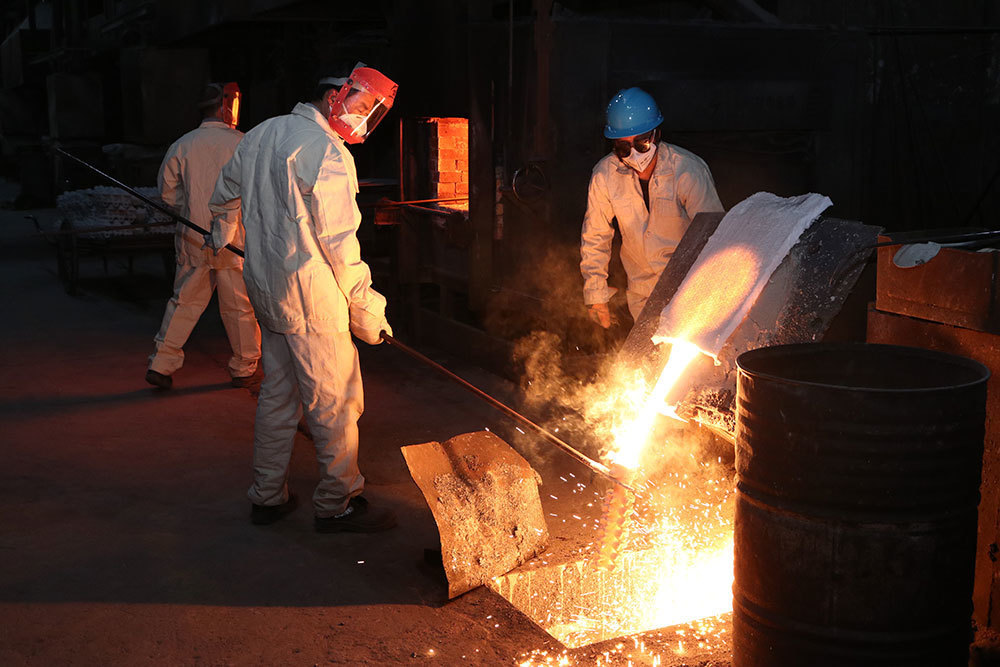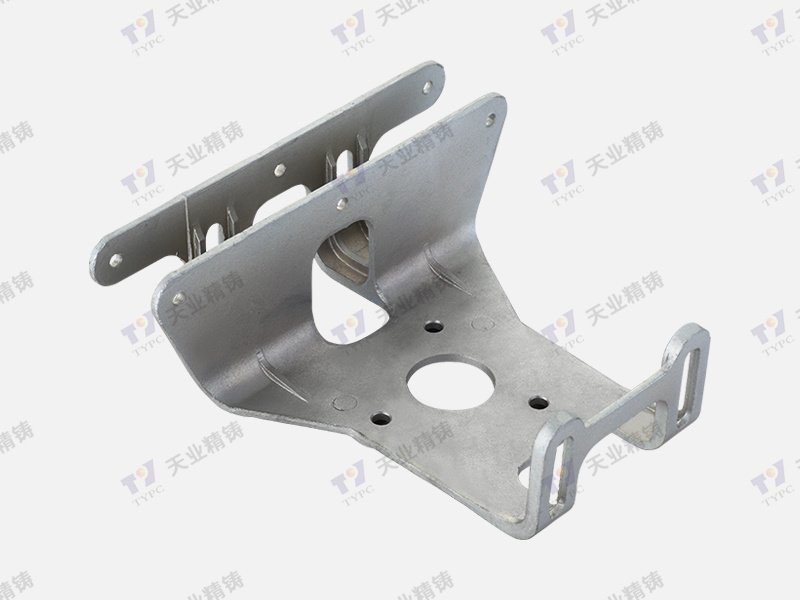2025-04-18
A Comprehensive Guide to Auto Parts: Exhaust Cycle Castings Explained
Exhaust cycle castings are an essential component in various automotive applications, particularly in the exhaust systems of internal combustion engines. These castings are designed to withstand high temperatures and corrosive environments, making them invaluable in ensuring efficient engine operation and emissions control.
The manufacturing process of exhaust cycle castings typically involves a series of stages, including design, pattern making, mold creation, and casting. Advanced techniques such as sand casting or investment casting are often employed to achieve the desired precision and surface finish. The choice of casting method can significantly affect the mechanical properties and performance characteristics of the finished part.
One of the primary advantages of using castings for exhaust components is their ability to be tailored to specific performance requirements. For instance, engineers can select materials with specific thermal and mechanical properties to enhance durability and resistance to fatigue. Common materials for exhaust cycle castings include various grades of iron and aluminum alloys, each offering distinct benefits in terms of weight, strength, and thermal conductivity.
In addition to material selection, the design of exhaust cycle castings plays a critical role in optimizing flow dynamics within the exhaust system. By utilizing computational fluid dynamics (CFD) simulations during the design phase, engineers can identify potential flow restrictions and improve the overall efficiency of exhaust gas evacuation. This optimization not only supports engine performance but also contributes to better fuel efficiency and lower emissions.
Maintenance and inspection of exhaust cycle castings are vital for ensuring longevity and reliability. Regular checks for signs of wear, corrosion, or cracking can help prevent catastrophic failures that could lead to significant downtime and repair costs. Implementing a proactive maintenance strategy can extend the life cycle of these components and enhance overall system performance.
Moreover, advancements in manufacturing technologies, such as 3D printing and additive manufacturing, are beginning to influence the production of exhaust cycle castings. These technologies promise to reduce lead times and material waste while allowing for complex geometries that were previously difficult or impossible to achieve with traditional casting methods.
In conclusion, exhaust cycle castings are a pivotal element of modern automotive design and performance. Understanding their manufacturing processes, material properties, and maintenance requirements is essential for professionals in the industrial equipment sector. By staying informed about the latest trends and technologies related to auto parts, particularly exhaust cycle castings, you can make informed decisions that enhance efficiency and reliability in your operations.
The manufacturing process of exhaust cycle castings typically involves a series of stages, including design, pattern making, mold creation, and casting. Advanced techniques such as sand casting or investment casting are often employed to achieve the desired precision and surface finish. The choice of casting method can significantly affect the mechanical properties and performance characteristics of the finished part.
One of the primary advantages of using castings for exhaust components is their ability to be tailored to specific performance requirements. For instance, engineers can select materials with specific thermal and mechanical properties to enhance durability and resistance to fatigue. Common materials for exhaust cycle castings include various grades of iron and aluminum alloys, each offering distinct benefits in terms of weight, strength, and thermal conductivity.
In addition to material selection, the design of exhaust cycle castings plays a critical role in optimizing flow dynamics within the exhaust system. By utilizing computational fluid dynamics (CFD) simulations during the design phase, engineers can identify potential flow restrictions and improve the overall efficiency of exhaust gas evacuation. This optimization not only supports engine performance but also contributes to better fuel efficiency and lower emissions.
Maintenance and inspection of exhaust cycle castings are vital for ensuring longevity and reliability. Regular checks for signs of wear, corrosion, or cracking can help prevent catastrophic failures that could lead to significant downtime and repair costs. Implementing a proactive maintenance strategy can extend the life cycle of these components and enhance overall system performance.
Moreover, advancements in manufacturing technologies, such as 3D printing and additive manufacturing, are beginning to influence the production of exhaust cycle castings. These technologies promise to reduce lead times and material waste while allowing for complex geometries that were previously difficult or impossible to achieve with traditional casting methods.
In conclusion, exhaust cycle castings are a pivotal element of modern automotive design and performance. Understanding their manufacturing processes, material properties, and maintenance requirements is essential for professionals in the industrial equipment sector. By staying informed about the latest trends and technologies related to auto parts, particularly exhaust cycle castings, you can make informed decisions that enhance efficiency and reliability in your operations.









